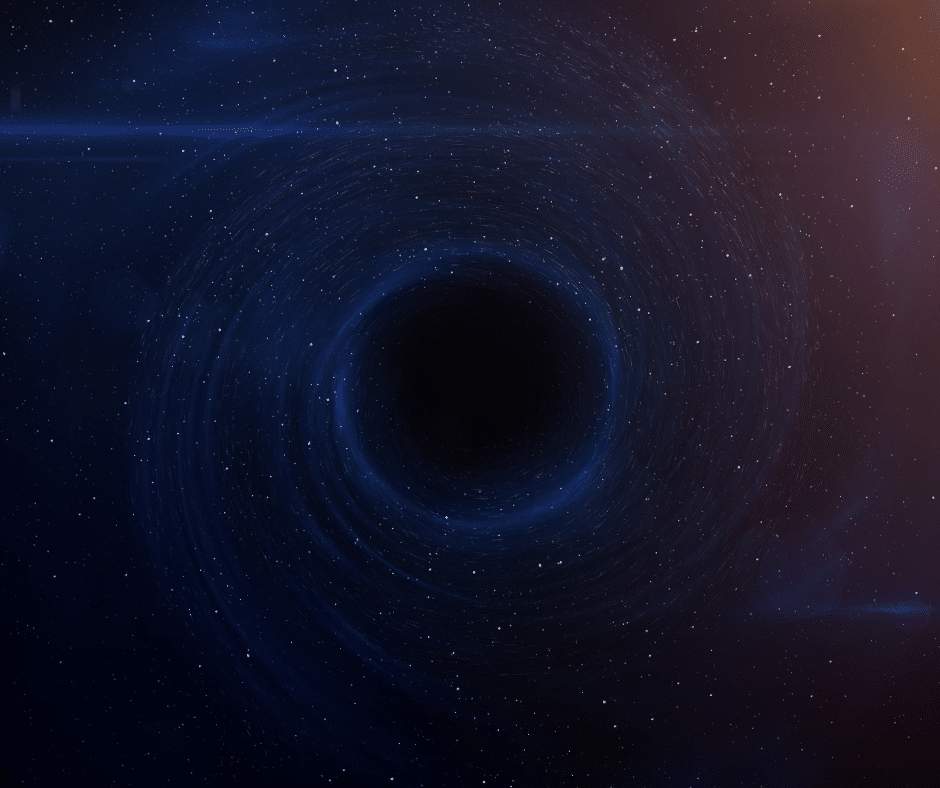Black holes have long been a source of fascination for scientists and astronomers. They are mysterious phenomena that exist in the universe, and yet we still know so little about them. But what do we actually know about black holes?

In this article, we will explore some of the most fascinating facts about these enigmatic objects. We’ll discuss their origins, their properties, their effects on the surrounding environment, and more. By the end of it, you should have a better understanding of how they work – as well as why they remain one of the greatest mysteries in all of space science. So let’s get started!
One of the most fascinating facts about black holes is their origins. It is believed that they form when a massive star runs out of fuel and collapses in on itself. As it does this, its gravity becomes so strong that not even light can escape its pull – thus creating what’s known as an event horizon. Inside this horizon, matter is consumed by the extreme gravitational forces at work and pulled into a single point known as a singularity.
Another interesting fact about black holes is their immense size. Depending on the size of the original star, some black holes can be millions or billions times larger than our sun! Furthermore, they have such powerful gravitational fields that they can easily draw in other objects from across galaxies – including stars and planets.
One of the most notable effects of a black hole is its ability to warp space-time. As matter gets sucked into the singularity, it causes a ripple effect that can distort time and space around it. This leads to some interesting phenomena such as time dilation and gravitational lensing – both of which have been observed in distant galaxies.

Finally, we now know that black holes are not just isolated objects found out in the voids of space. In fact, they can be found at the center of most galaxies – including our own Milky Way! It is believed that these supermassive black holes help regulate star formation within their respective galaxies by consuming massive amounts of energy and material.
As you can see, there is still a lot to learn about black holes. But with every new observation and experiment, we are slowly unlocking the mysteries of these enigmatic objects. Who knows what else we might find out – only time will tell!
